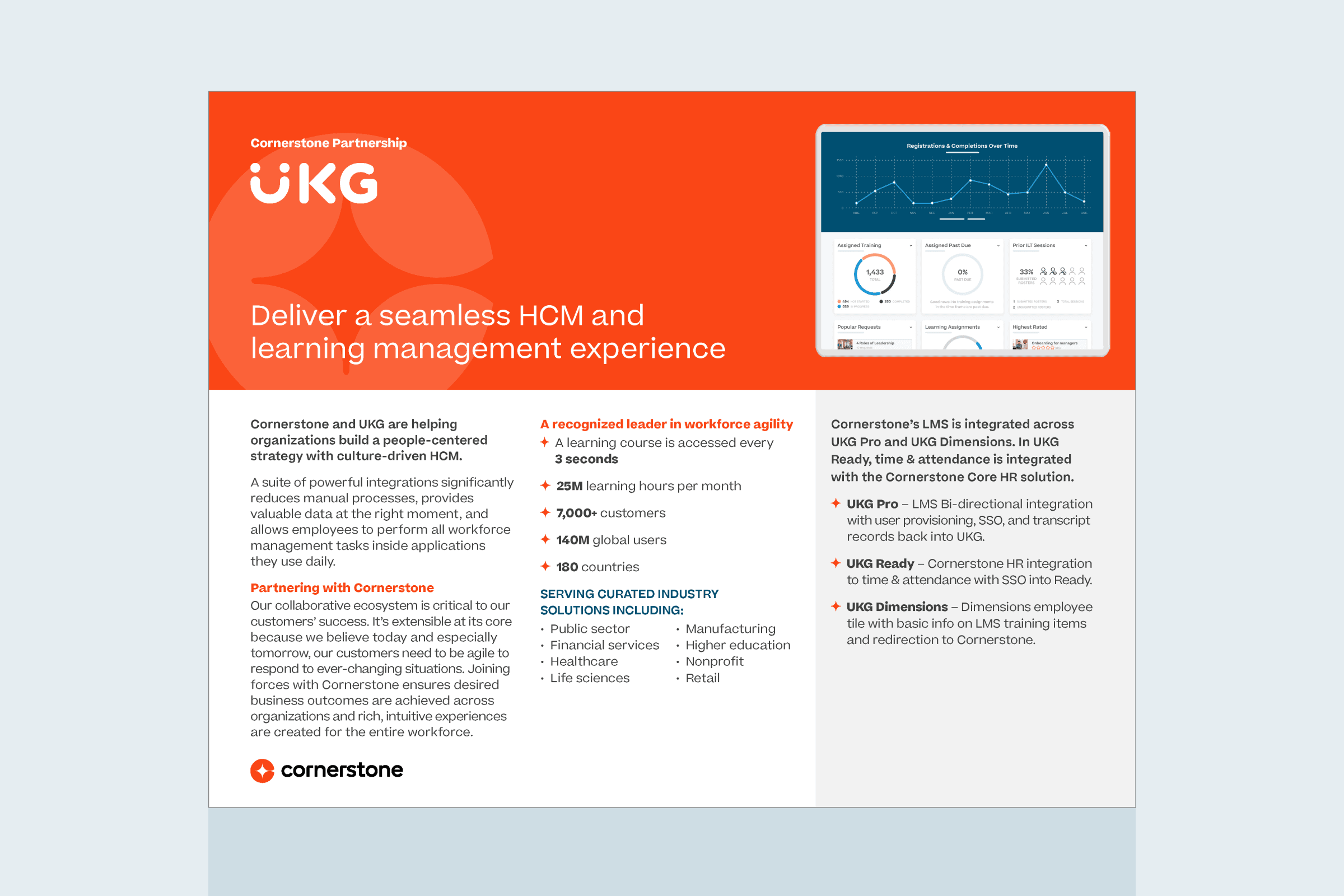With the unemployment rate closing in on 2 percent among college graduates, companies are struggling to attract and hold onto top talent. More than 70 percent of employers say that there is a skills shortage, according to the 2018 U.S. Salary Guide from recruitment agency Hays, and unsurprisingly, 92 percent of employers say they expect an increase in competition for talent this year, according to the Mercer Talent Trends 2017 Global Study.
Consequently, there's a lot of finger-pointing going on as companies look for someone to blame for the hiring challenges they're facing. Of course, millennials are still a popular scapegoat for all things wrong with the labor market. Some employers place the blame on government regulations. Others say colleges aren't adequately preparing students for the workforce. But, as it often is the case, the biggest threat to finding solutions comes from within the companies themselves. As Pogo once said, "we have met the enemy and he is us."
From the start of the recruitment process all the way down to onboarding, strategies and tactics need a massive make-over because quick fixes won't cut it this time. Here are 5 best practices to begin overhauling your recruitment process, and transform it into a strategic process that brings in qualified candidates.
Many job-hunters use Google to search for open positions, but 90 percent of them only see the first page of results before navigating away. As a result, it's essential that recruiters follow search engine optimization (SEO) and search engine marketing (SEM) best practices to ensure that their postings appear on page one. If your job posts aren't showing up, job seekers aren't seeing them.
Ignorance is not bliss — using an applicant tracking system to monitor total job seeker views will give you insight into how effective your SEO and SEM tactics are, and signal that you may need to change your ways if views are low.
If plenty of candidates see your post but don't ultimately apply to the job, it's time to get more thoughtful and creative about job descriptions. It's difficult enough to get top talent to view your job posting, but losing them with bad copy is just bad business. In a candidate-centric market, first impressions matter.
HR teams need to appeal to candidates in the same way that marketers appeal to consumers — job posts must be engaging. Write creative text and use images or videos whenever possible.
Application abandonment is possibly the biggest undetected leak in the recruitment funnel, yet shockingly few companies pay attention to it. In reviewing data from clients, abandonment rates are sometimes as high as 95 percent.
The application should be a vehicle, not an obstacle. To prevent application drop-off, it's important to pinpoint where in the application process the abandonment took place. Some applicant tracking systems provide built-in application abandonment reports to help organizations identify the issue, but there's also niche software like HotJar that enables companies to track candidate experience. Once the pain point is clear, it's crucial to remove the obstacle so that it doesn't stumble future applicants.
Today, job seekers aren't the only ones being vetted during an interview. Top candidates use the interview as an opportunity to ask the company key questions and determine if it's a place they'd want to work. To make the right impression during the interview and recruiting process, hiring managers must be prepared to create a positive, worthwhile experience for both sides.
Interviewers should review resumes and prepare questions well before meeting a candidate, and must be ready to answer questions about the company as well. It's also crucial to show respect for the candidate — start the interview promptly and be professional. Remember: all it takes is one bad interview experience and review on Glassdoor to undercut even the most robust recruiting strategy.
Many businesses miss the opportunity to use onboarding as a true springboard for new workers. Thirty-six percent of employers lack a structured onboard process, so it's no surprise that 1 in 5 companies report delayed start dates, 16 percent of employers experience lower productivity and 6 percent miss revenue targets. What's more, these companies spend an estimated $37 billion annually to pay unproductive employees that aren't thriving because they weren't set up for success in the first place.
It's time to invest in an onboarding technology and processes that sets clear expectations for employees, gives them the tools they need to quickly matriculate into their roles and empower them to do their jobs independently.
Talent acquisition is tough enough. Don't let bad marketing, old-school manager mindsets and lack of proper onboarding hurt your business. If you're not getting the right applicants, look for weaknesses in the funnel and make long-lasting changes.
Get in touch with one of our experts to explore how we can tailor our solutions to your organization's needs.


